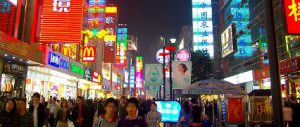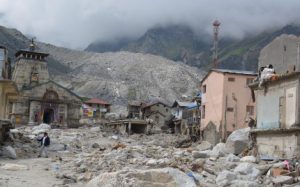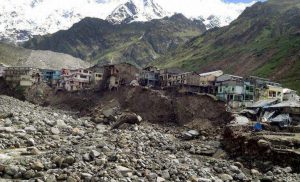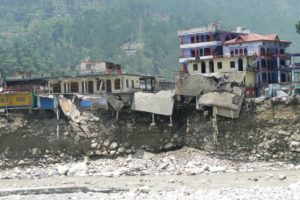China finds itself in a double-bind when it comes to climate change and migration. Displacement due to natural disasters has been a major issue for China in recent years, much of which has happened in China’s big cities. At the same time, millions of people are moving into these same urban centres. This movement is reinforced by a different set of slowly unfolding natural disasters.
Like many other parts of the world, China has experienced massive urban migration in recent decades, often driven by the search for employment. In predominantly pastoral areas of Inner Mongolia, for example, economic factors are still the most common reason for people to leave rural areas. But environmental factors are increasingly driving this trend.
Many people interviewed for the EACH-FOR study, the EU project on environmental change and forced migration, told researchers that environmental factors were making rural livelihoods increasingly difficult: “Without rain, the rangeland was in bad condition for years. There were several disasters, like snow storm, sand storm and the locust disaster,” said one interviewee.
But for many people moving to a city or different rural area was certainly not their first option. A variety of coping strategies would first be used, including raising different types of animals or moving animals more quickly between grazing areas. In other areas of China, extreme weather events such as heat-waves are increasing the likelihood of people moving into cities. These examples should be seen as forces that reinforce movement from rural to urban areas, not forces that create this movement on their own.
This kind of response – moving internally rather than internationally, travelling short distances or not at all – is a more common reaction to climate change than the usual portrayal of "climate refugees" – people leaving small island states just before they disappear beneath the waves.
However, although moving from rural areas into cities is a way to avoid environmental risks, it also means being exposed to a different set of potential environmental hazards.
Growing coastal cities, such as Shanghai, are increasingly exposed to disasters like floods and typhoons. The Internal Displacement Monitoring Centre estimated that roughly 6 million people were internally displaced by disasters in China during 2012. This rather undermines the myth that environmental migration will mean millions of people moving en masse from developing to developed countries. As the data from China shows, it is just as likely to mean millions of people moving internally, and then being displaced after sudden disasters.
Understanding the reality, rather than the myth of movement linked to climate change, is the first step in formulating appropriate responses. Based on this understanding several things seem clear. First, managing disaster risk in cities is vital. Newly arrived migrants from rural areas often move into the worst housing which is often in areas most exposed to disasters. Proper urban planning is needed to tackle this.
Trying to prevent rural-urban migration may also be a mistake. Hukou, or household registration, has done this in China for a number of years. This has been problematic for a number of reasons, but deteriorating environmental conditions in the countryside make the problem worse.
Millions of people are already using rural to urban movement as a way of surviving a combination of environmental and economic factors that are making it increasingly hard to survive in the countryside. Restricting this movement could force people stay in highly exposed rural areas.






